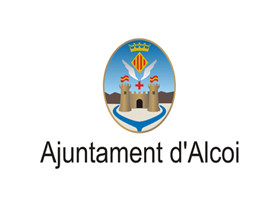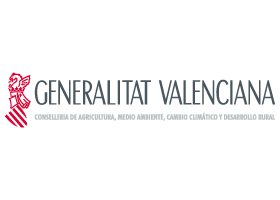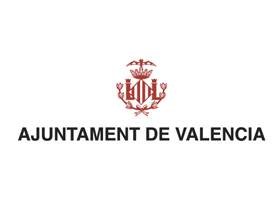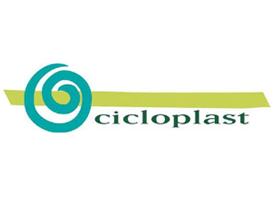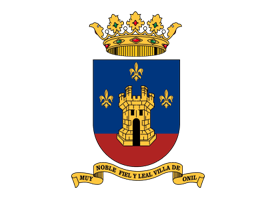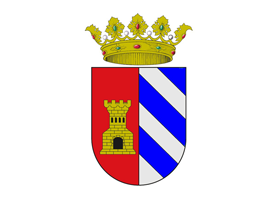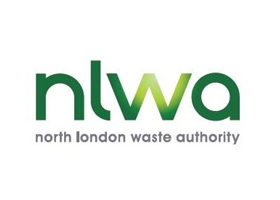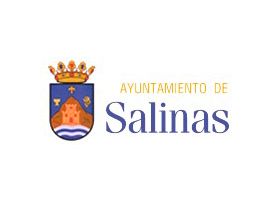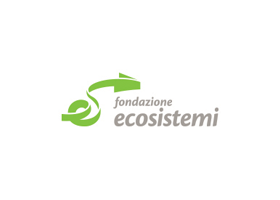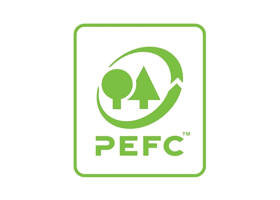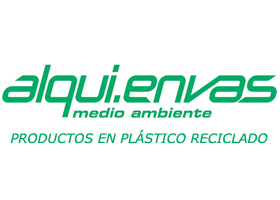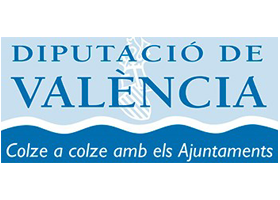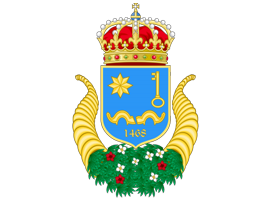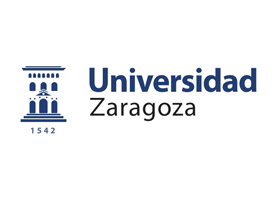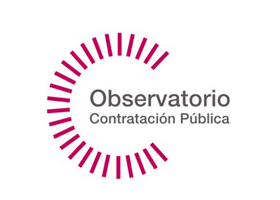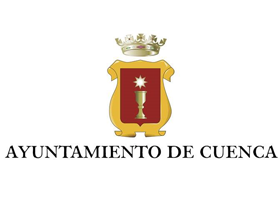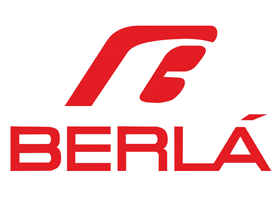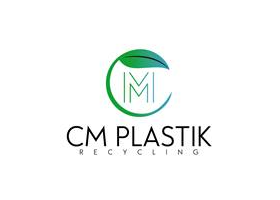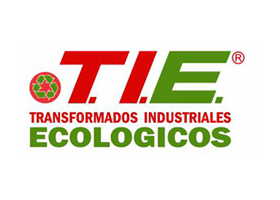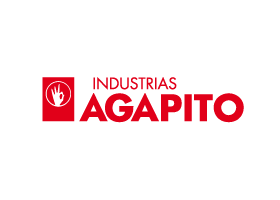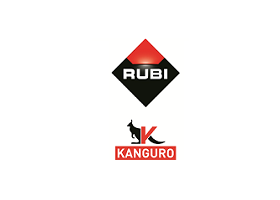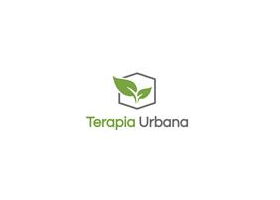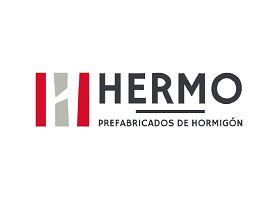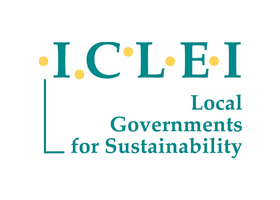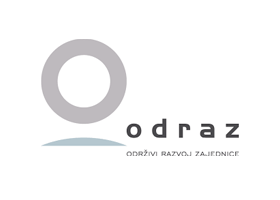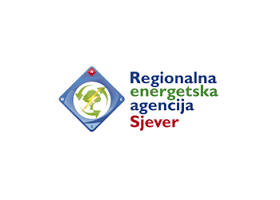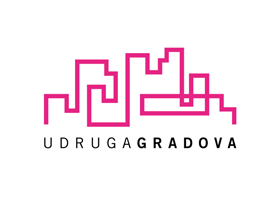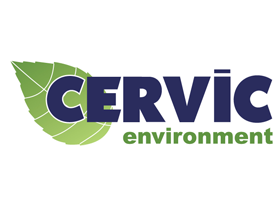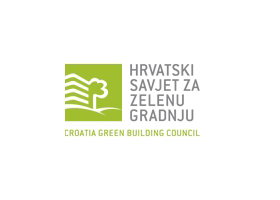In this section, you can access to the latest technical information related to the FUTURE project topic.
Many European cities are experiencing extremely high temperatures this summer "“ a trend that municipalities are accepting will continue. According to findings by RAMSES researchers, there will be 10 times more heat wave days from 2081-2100, reaching nearly 30 heat wave days per year on average.
A study by RAMSES related to the 2003 heat wave in France found that while heat waves coincided with an increase in deaths in small towns, Paris, as a major city, suffered nearly three times the number of additional deaths during heat waves.
Why do cities tend to be warmer than their rural surroundings? Firstly, there are more buildings and soil sealing: buildings store heat during the day and release them at night. Walls cause additional radiation as they reflect the sun's rays and reduce ventilation in narrow streets. Secondly, cities cool less due to less vegetation in city centres causing lower evaporation levels. Thirdly, humans create additional heat, such as through vehicle exhaust. The maps produced following a study in Antwerp and 101 other European cities show where in cities the highest temperatures are occurring and which areas should be prioritised for adaptation measures.
The project found that a typical western European city has a mean temperature difference at midnight of around 4oC . City temperatures on hot summer nights are 8oC -10oC higher than rural areas, as a result of less ventilation and higher populations. The RAMSES project is now completing its fifth year working with cities to promote adaptation, mitigation and sustainable development. The project is currently holding a series of free webinars, which will continue on 13 July.
For more information and to register, click here.Image copyright: 2nd Training webinar (RAMSES) more 3 July 2017 New facts and figures on EU heating and cooling published at EUSEW
The Heat Roadmap Europe (HRE4) project published its latest scientific findings just in time for the EU Sustainable Energy Week 2017 (#EUSEW17). The facts and figures brochure highlights steps to achieve a low-carbon heating and cooling sector.
For ICLEI Members interested in the current status of heating and cooling in the European Union, the publication outlines the sector's energy consumption, differences in policy solutions, strides made in renewable energies powering heating and cooling, and challenges in decarbonisation.
The brochure dives into the potential for more sustainable heating and cooling practices. Half of Europe's energy is currently used for heating and cooling purposes, most of which is thermal energy in buildings and industry. 66 percent is produced from fossil fuels, while only 13 percent is from renewable sources. The amount needed for different sectors and processes varies, with the wholesale and retail sub-sector having the highest energy demand.
During the EUSEW 2017 in Brussels (Belgium) HRE4 held a networking stand titled Meet your match "“ your thermal resource map, model and optimisation system and was present at various sessions, including Innovation in the renewable heating and cooling, and Building Blocks for European Leadership in Renewables - the importance of the local level. In these sessions decarbonisation goals were looked at in the context of the HRE4 cornerstones, along with advantages in using the new Pan-European Thermal Atlas (Peta4).
To view the HRE4 brochure, click here.Image copyright: Heat Roadmap Europe (Twitter) by "Heat Roadmap Europe" more

» Publication Date: 04/07/2017
» Source: Iclei Europe
« Go to Technological Watch
